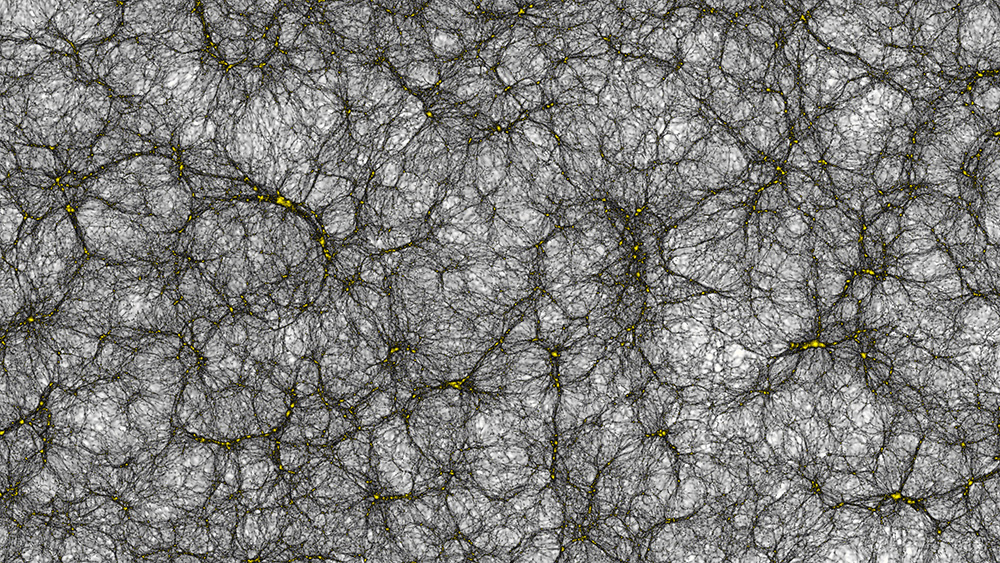Most of the matter of the universe is of a form unknown to physics. While we don’t know what the identity of the dark matter is, a new insight provided by quantum gravity is helping to drastically narrow down its mass.
Numerous observations, from the motion of stars within galaxies, to the properties of galaxy clusters, to the very structure of the universe itself, all point to the existence of a new ingredient in the cosmos. This new ingredient, known as dark matter, is some new particle (or particles) that is currently unknown to the Standard Model of physics. Whatever the particle is, it must hardly ever interact with light or normal matter – otherwise we would’ve seen it by now.
We have a few candidates for the dark matter, like WIMPs and axions. Beyond that, we’re in the dark (pun intended).
But there are more ways to tackle the problem than trying to cook up a new particle to inhabit the universe. A pair of physicists recently used the language of quantum gravity to put down some strong constraints on the nature of the dark matter particle. The research appeared recently in Physics Letters B.
Professor Xavier Calmet from the School of Mathematical and Physical Sciences at the University of Sussex, who led the research, said:
“This is the first time that anyone has thought to use what we know about quantum gravity as a way to calculate the mass range for Dark Matter. We were surprised when we realized no-one had done it before – as were the fellow scientists reviewing our paper.”
The research looked at both ends of the dark matter mass range. On the light end, we know that it has to be above a certain mass threshold, otherwise experiments that have examined the possible existence of a fifth force of nature would rule it out (alternatively, the dark matter could respond to that fifth force). On the heavy end, massive particles tend to decay, and we know that the dark matter has to have been in the universe for essentially its entire existence – that puts an upper bound on its size.
“What we’ve done shows that dark matter cannot be either ‘ultra-light’ or ‘super-heavy’ as some theorise – unless there is an as-yet unknown additional force acting on it. This piece of research helps physicists in two ways: it focuses the search area for dark matter, and it will potentially also help reveal whether or not there is a mysterious unknown additional force in the universe,” said Calmet.
For the simplest kind of dark matter particle, the new constraints are that is must have a mass between 10-3 eV and 107 eV. That’s a much tighter range than the 10-24 eV – 1019 eV range of previous estimates.


Thanks! I was wondering what the experts would say on that paper.
So, a fantastic narrowing of the search space!